
Sustainability is no longer a choice – it's a core business decision. As consumer packaged goods (CPG) suppliers face increasing pressure to reduce their environmental footprint, third-party logistics (3PL) providers have a responsibility to be a catalyst for delivering greener supply chains and decreasing their environmental footprint. Today, retail logistics is not just about moving goods – it’s about doing so transparently, efficiently and responsibly.
According to McKinsey, more than two-thirds of a company’s total greenhouse gas emissions are attributable to its supply chain. For CPG suppliers, this means reevaluating how goods move through their networks – from transportation modes and warehouse operations to packaging and data infrastructure. By optimizing routes, consolidating loads and minimizing empty miles, logistics providers can reduce carbon output, cut costs and accelerate the transition toward a more sustainable future.
Optimize your route to retail
Retail consolidation enables suppliers to leverage economies of scale by sharing truckloads with other customers to create a single, full truckload to the same retailer distribution center. This approach allows trucks to operate at full or near-full capacity, minimizing the number of trips required to reduce the total number of trucks on the road and the occurrence of empty miles driven.
In fact, one consolidated truckload eliminates an average of 34 complex less-than-truckload (LTL) shipments. Retail consolidation requires just two days of average transit time compared to LTL’s five-day average, generating 20-30% cost savings. Suppliers also benefit from a greener, more efficient route to retail, along with increased in-stocks and sales.
Improve fleet utilization and fuel performance
According to the U.S. Department of Energy, an idling truck can waste nearly one gallon of fuel per hour. When trucks remain idle during breaks or overnight, they consume unnecessary fuel to power heating, cooling and other onboard systems, making truck idling a significant contributor to logistics waste.
So, how can suppliers increase fuel efficiency while still meeting drivers’ comfort and operational needs? The solution lies in leveraging idle reduction technologies such as auxiliary power units (APUs). APUs allow drivers to power essential systems without idling the main engine, leading to substantial fuel savings and a more environmentally friendly transportation process.
Reduce digital and facility emissions
Transportation remains a major contributor to a supply chain’s carbon footprint, but true sustainability demands a more holistic approach. Environmental stewardship must extend beyond the road – into every warehouse, data center and office that supports product movement.
Leading 3PLs are adopting sustainable facility practices such as recycling thousands of tons of packaging and materials annually, implementing waste-reduction programs and investing in energy-efficient building systems. This also includes LEED-certified facilities, motion-activated LED lighting and battery-powered equipment designed to reduce energy consumption and emissions.
Renewable energy adoption is shaping the logistics landscape, with many logistics networks now powering their data centers entirely through renewables. By integrating renewable power, advanced building technologies and responsible material management, your 3PL can establish the infrastructure needed to support sustainable, end-to-end supply chains.
Driving sustainability practices forward
The future of supply chain leadership will be defined by those who act. When suppliers embed sustainability into their daily operations, not just what they report, real progress begins to take shape. Every optimized route, energy-efficient facility and every data-driven decision moves the industry closer to a more resilient, low-carbon future where operational excellence and environmental responsibility work hand in hand.







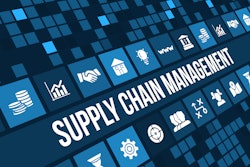


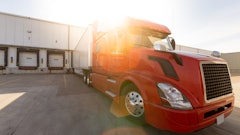
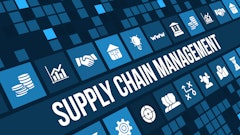

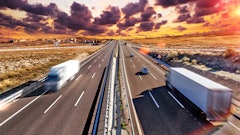


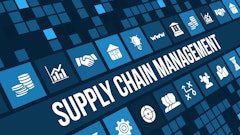
![Pros To Know 2026 [color]](https://img.sdcexec.com/mindful/acbm/workspaces/default/uploads/2025/08/prostoknow-2026-color.mduFvhpgMk.png?ar=16%3A9&auto=format%2Ccompress&bg=fff&fill-color=fff&fit=fill&h=135&q=70&w=240)

